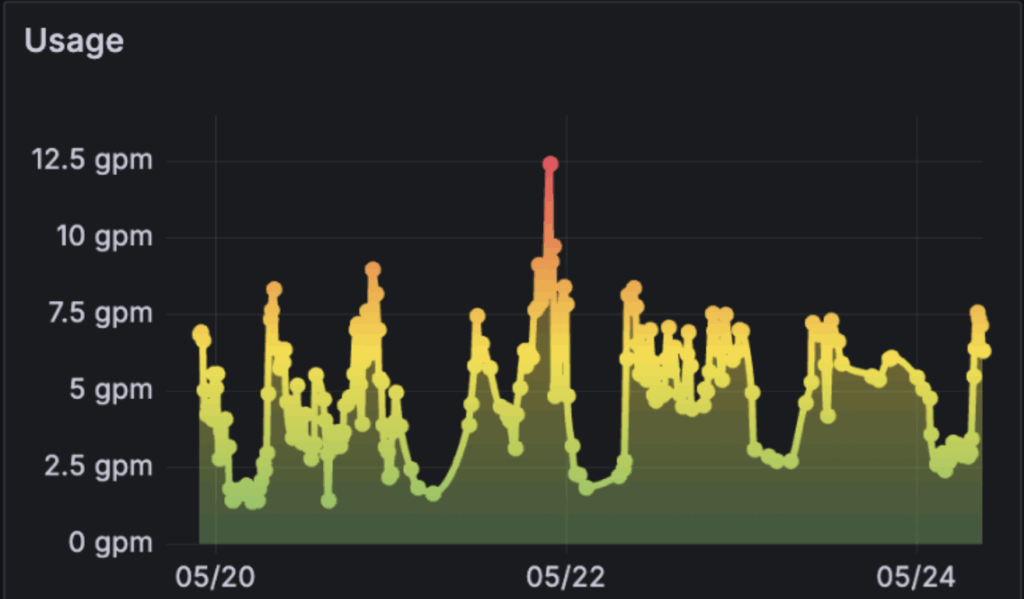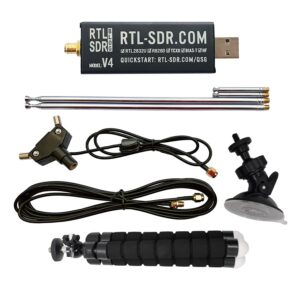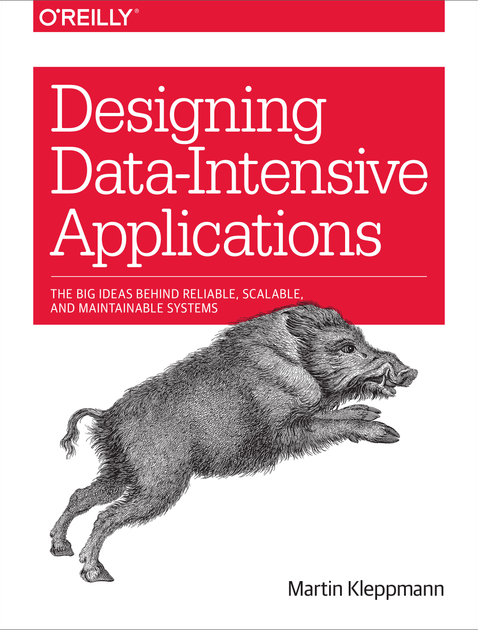In the US, there is a software engineering license. Is it worth it to become licensed? Is it it feasible?1 No! It’s neither worth it nor feasible.
Engineered products and designs need to show they meet standards and will not harm people. Engineering licensure is one of the activities in some fields that shows expertise at least of a required level to make a correct design. It’s widely used in building design. Licensure is much less used in electrical, computer, or software design. Can a software engineer get licensed this way? A Professional Engineering license can be given in the specialization of Electrical and Computer Engineering.2 That’s pretty close to software development. It may seem like this could be used to make software products more dependable and reliable.
There are general requirements to become licensed. In the US, licensing is done by each state, and every state follows the basic model of engineering licensure (called the Model Law by NCEES), with education, experience, and examination. This is straightforward for some engineers, but difficult for computing professionals. Here are the three major steps and why each is difficult.
Education – A four year degree from an ABET accredited university. IT and CS degrees are beginning to become accredited by ABET, though through their Computing Accreditation Commission. The education piece requires ABET Engineering Accreditation Commission, so many degrees do not count for the education component. Many of the best programs in our field, like Stanford or MIT, do not have this.
Experience – Four years of experience working under a licensed professional engineer. This is rare in industries either under the industrial exemption or under federal certification. Industrial exemption is a rule where a corporation takes responsibility and liability for designs, errors, and omissions and the designer does not require a professional license. Defense, aerospace, medical, even electrical other than power have few licensed practicing engineers. To show how few: there were 13 people passing the Electrical and Computer exam in 2022.3 If you work in computing software or hardware, odds are you do not work directly for one of those 13 people.
Examination – The FE exam and PE exam. The FE exam is so broad and difficult. Computing has moved so fast that even the foundations targeted in the PE exam are difficult to keep constant and stay relevant. Eight hour exams are always difficult.
The results could be considered underwhelming at best. The exam doesn’t prove you’re good at computing work. The requirements for education and experience aren’t a discriminating factor between other education and other experience that turn out to be just as good as what’s accepted for engineering. There’s no guaranteed or even defined career advancement or PE only work. A license is just symbolic of professionalism.
And so, against all the difficulties, and the almost no payoff, I did it. I got a PE license. And this is how.
I went to college at the University of Florida where I had chosen to graduate through the College of Engineering. The Computer Engineering degree program at UF is ABET EAC accredited. No one is choosing computing programs based on this, and I would have happily gone to a school that did not have this feature. Choosing Computer Science or Information Technologies majors would have been a different college than engineering, and would have also worked well for me in every aspect except for this license.
Examination was very difficult. I studied a lot for the FE exam. When I took it in 2008 there was a breadth component that covered all of engineering. Topics range from structural forces to materials to circuits. The PE exam I found easier, but was still only offered once a year in 2023 due to fewer people taking the computing exam.
Experience is basically impossible. But there are exceptions depending on the state board. Alabama will consider whether your supervisor hypothetically could also apply. Washington will consider work for a federal entity or manufacturing as suitable experience (think of Boeing and Lockheed). Florida will use a diploma or copy of official transcripts from your supervisor only if your supervisor has a degree in engineering (think of NASA, Northrop, and L3 Harris). I had no trouble finding PEs in my network of people I know that were willing to recommend me. But I had to rely on Florida’s industrial exemption for my supervisors. If I had lost contact or any of these supervisors were unwilling to help so much or had passed, this would not have been possible.
15 years after I took the FE exam and 4 months after sending in my application, I almost gave up when I had to request an official transcript sent for a retired supervisor who had graduated 50 years prior in another country. I was surprised the university would even do it. University of Alberta was happy to help, but they couldn’t use the newer, faster system. We waited another 3 weeks for that paperwork in the mail.
And there you have it. I can’t recommend anyone else do this. Licensure requires a lot of luck and a lot of following the rules and a lot of waiting. Each of education, experience, and examination excludes too many talented and hard working people for the software field to consider it seriously. On the positive, there are some amazing people working on this behind the scenes. People at state boards, NCEES, IEEE, ABET, and professors at engineering colleges are working hard and doing smart things. They are bringing Professional Engineering forward and making it better for all involved, and including the electronics and computing professionals along the way when they can. Software, hardware, and computing could use some more licensing, or credentialing, or product/process certification than it has today to catch up with other engineering disciplines that are entrusted with safety critical designs and verification, but licensing isn’t ready for that yet.











 If you don’t have a passport, get one today. Even if you’re not going anywhere soon. US passports are good for about 10 years. They can take
If you don’t have a passport, get one today. Even if you’re not going anywhere soon. US passports are good for about 10 years. They can take  Passport photos have
Passport photos have 